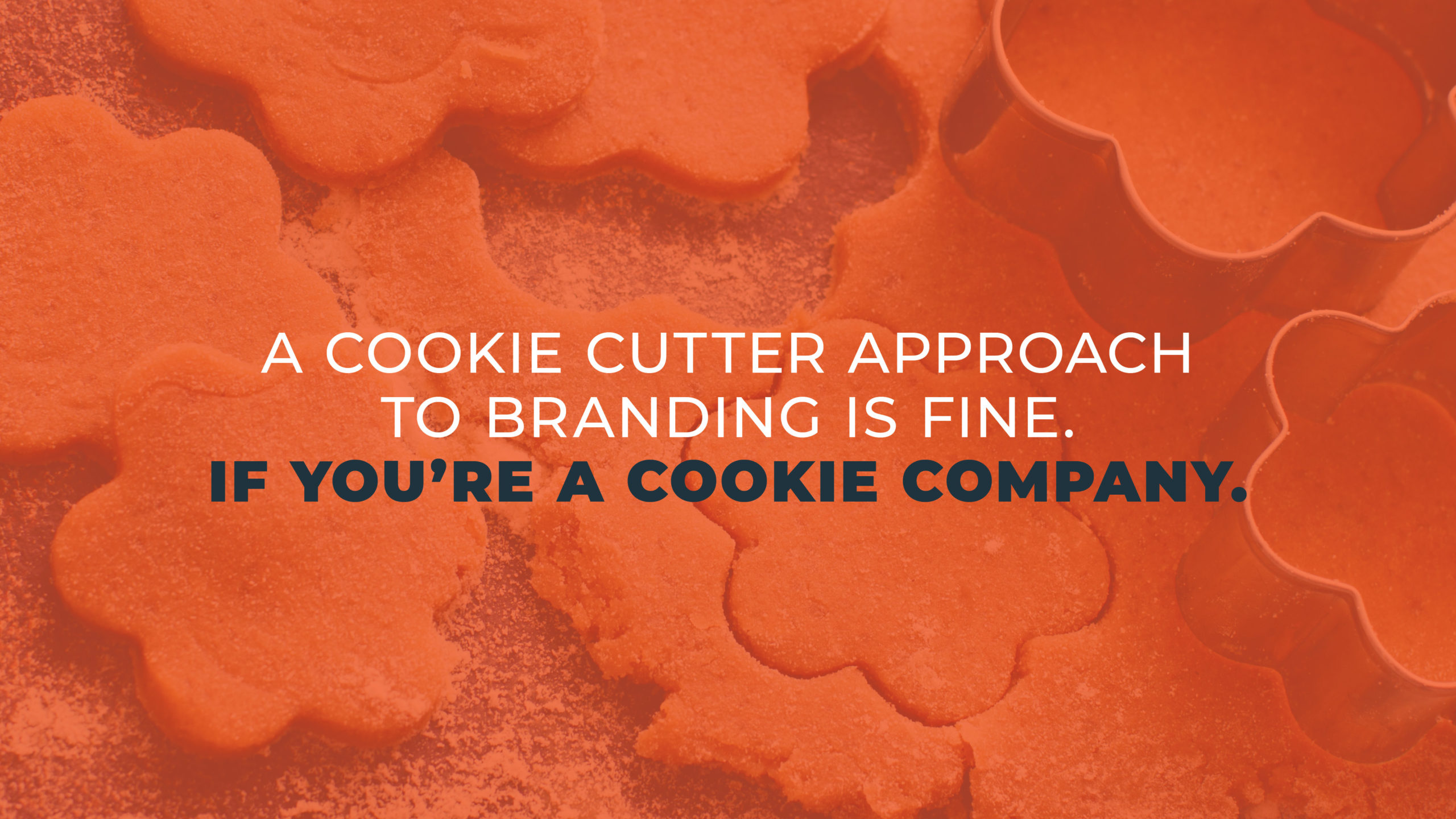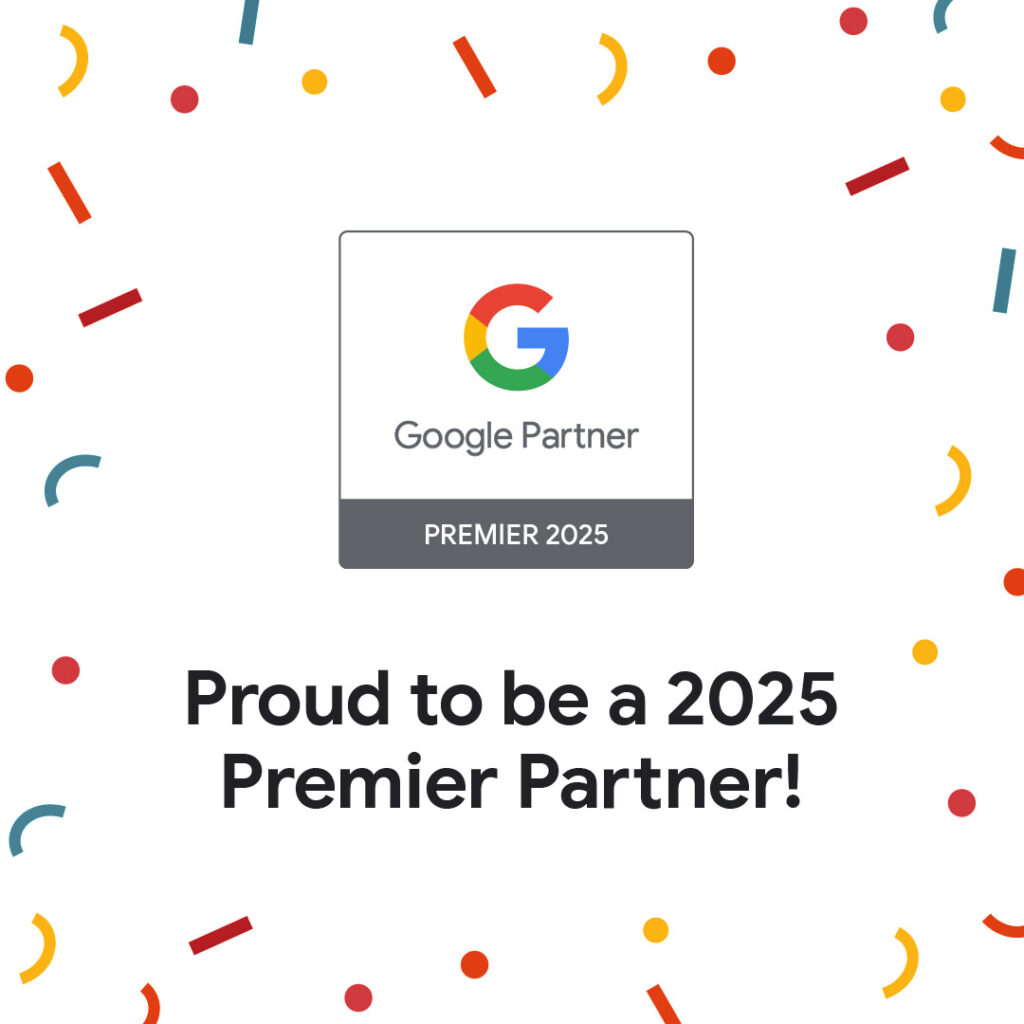Differentiate yourself.
Roll. Stamp. Repeat. You see it all the time in advertising. Companies in the same industry using similar branding approaches that could be almost interchangeable. This cookie cutter method works fine — if you’re a cookie company.
But if you’re trying to cut through, this approach won’t do anything to separate your brand from your competitors. And truthfully, even if you are a cookie company, we still wouldn’t recommend it. After all, your charge isn’t to move an industry forward — it’s to move your own brand forward.

It takes deliberate steps to build a thoughtful brand. But the rewards of taking these steps are worth it. It’s how you’ll differentiate yourself and create an approach that resonates with your audience.
Step 1: Listen to your audience
Sure, it seems obvious, but when it comes to branding, this essential step often slips through the cracks. Because what’s easier, making quick assumptions about your audience or taking the time to actually listen to them? With well-crafted research, you can delve into the heart, mind and soul of your customers to find out what they truly think and feel about your brand rather than what you think they think.
Looking at your audience from the outside in is a core part of how you can gain that understanding. But what does that mean exactly? It means you approach everything you do from your audience’s perspective to get deeper into what matters to them. This understanding is what allows brands to not only influence, but even more importantly, bond with their customers.
Step 2: Create emotional connections
Once you understand what your audience thinks and feels about your brand, it’s time to turn those learnings into an impactful creative strategy. This strategy should be designed to generate emotional connections between your audience and your brand. With a solid strategic foundation in place, you can build a connected approach that’s relevant to your audience and intersects them on their terms.
It could be a video that grabs your audience’s attention and holds on tight. It could be the way you use media to surround your audience with your message. It could be a perfectly crafted logo and tagline that were born to work together.
No matter how or where you share your message, the result for this step is memorable, impactful branding that’s the complete opposite of cookie cutter. And even better, since you’ve taken the time to listen to your audience, the communications you create at this step won’t just make you stand out — they’ll make you stand for something that resonates with exactly who you want to reach.
The ultimate goal is what all brands crave — to create brand loyalists who are true to your brand for years to come.
Step 3: Monitor and Optimize
Successful branding isn’t about launching it and leaving it. In today’s world, you have a multitude of information at your fingertips that can be gleaned from your campaigns. By using real-time monitoring, you have the opportunity to learn, improve and make tweaks along the way to ensure you are continually maximizing the impact of your communications.
In addition to campaign monitoring, you need to keep an eye on your brand as well. We all know tastes continually evolve — and your audience is no exception. Audiences are aging in and aging out. Cultural changes impact society’s perspective over time in a variety of ways. Continue to check in, do research and take the pulse of who you’re trying to reach. By refreshing your brand as necessary, you’re able to keep moving forward while emotionally connecting to your audience in ways they may not even expect.
Then, once you do that, you’ll never be tempted to pull out the cookie cutter approach to branding again. Because those tools were made for the kitchen, not for communications.
Let’s
Let’s


 Back
Back




